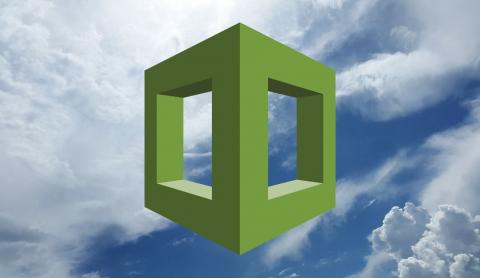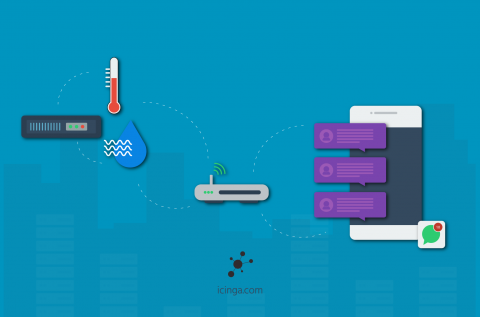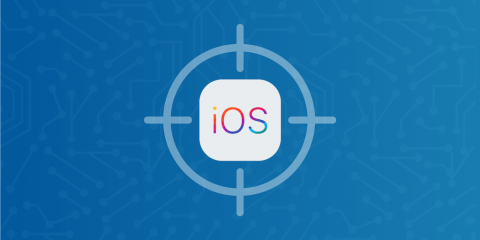Top 8 Active Directory Performance Problems and How to Solve Them
Microsoft Active Directory is a key component of the IT infrastructure of any organization that uses Microsoft Windows servers or desktops. Active Directory is responsible for managing users, their accounts and their access to individual computers, shared drivers, printers, servers and more. From a user’s perspective, Active Directory’s single sign-on capability ensures that users do not have to remember and use different passwords for different types of accesses.











